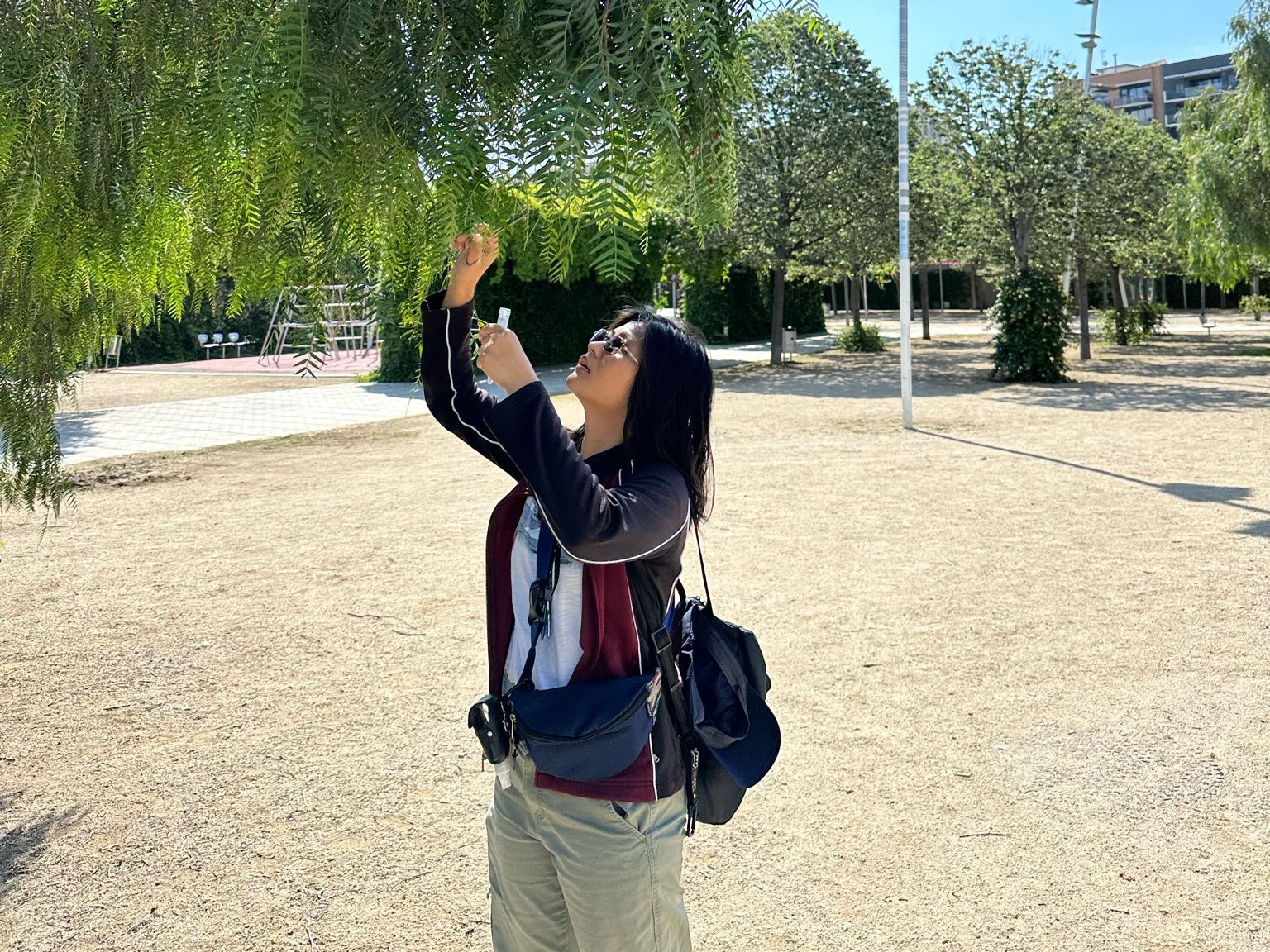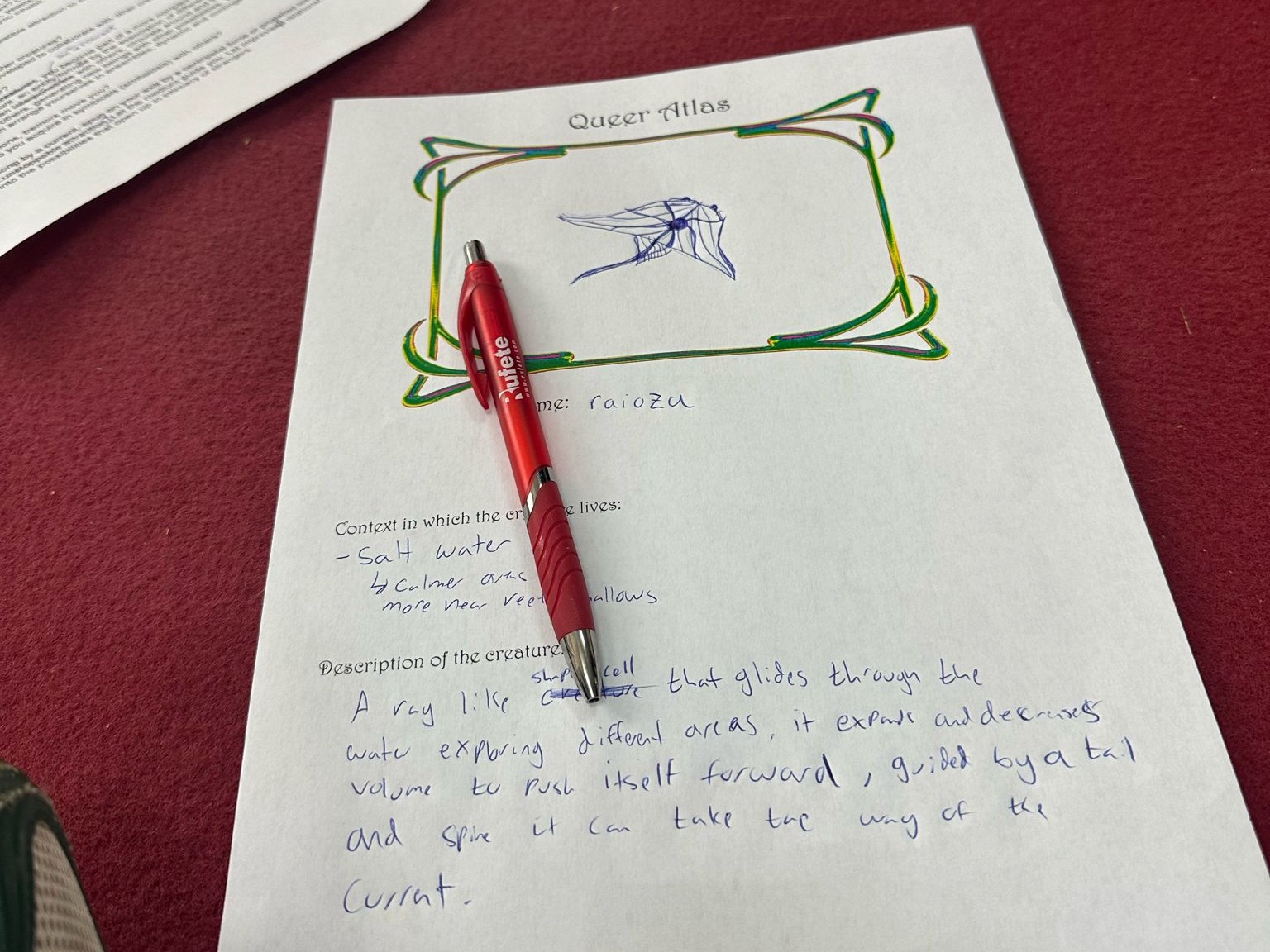Class 2: Exploring different realms
While the first class focused more on the theory and concepts of critical transfeminist design, this class was more focused on exploring different methods of biological interaction and what comes to play with this. I still am not 100% sure how this relates to the topics we discussed during the first class. I did like exploring the different fields and the idea of creating your own one cell organism was a fun exercise to partake in cause it cause me to think about what I would want to bring to the world.


